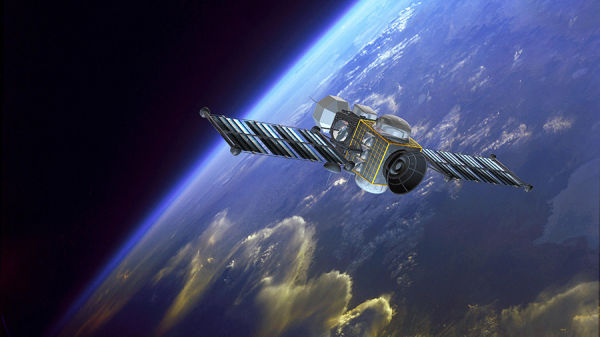The US Space Forces support a number of programs whose task is to monitor the behavior of Russian and Chinese satellites that may threaten American spacecraft. This is told by SpaceNews.
According to Lieutenant General Philip Garrant, the American side seeks to provide "a global opportunity to accurately identify the enemy making an orbital attack," for which it increases funding for the relevant ground and space systems.
In particular, the budget request for the 2024 fiscal year assumes the allocation of 584 million dollars for tracking programs for objects in near-Earth orbit, which is 100 million more than in 2023. As part of the relevant program, it is planned to provide ground-based radars, optical telescopes and observation satellites, as well as a number of initiatives from private companies.
Most of the expenses are accounted for by awareness programs about what is happening in geostationary orbit, where the largest and most expensive American military satellites are located. In particular, within the framework of the Advanced Radar Capability Deep Space (DARC) program, it is planned to create a network of radars that will be distributed to three points around the world. In addition, the American side will continue to finance the modernization of the optical telescope system, known as the Ground-based Electro-Optical Deep Space Surveillance System (GEODSS).
According to Garrant, at present, data updates from the American side are not happening often enough to have time to observe the maneuvers of Russian and Chinese satellites. The Lieutenant General added that one of the solutions to this problem could be a program of the Space Forces for the rapid deployment of inspection satellites to a given area.
In October, the American portal NASASpaceFlight.com He announced the launch by the Russian Aerospace Forces (VKS) into a sun-synchronous orbit of two inspection satellites, designated "Cosmos-2561" and "Cosmos-2562". The portal assured that the Kosmos-2558 satellite launched in August had a similar purpose, following the trajectory of the American reconnaissance spacecraft USA-326, launched into space in February last year.

